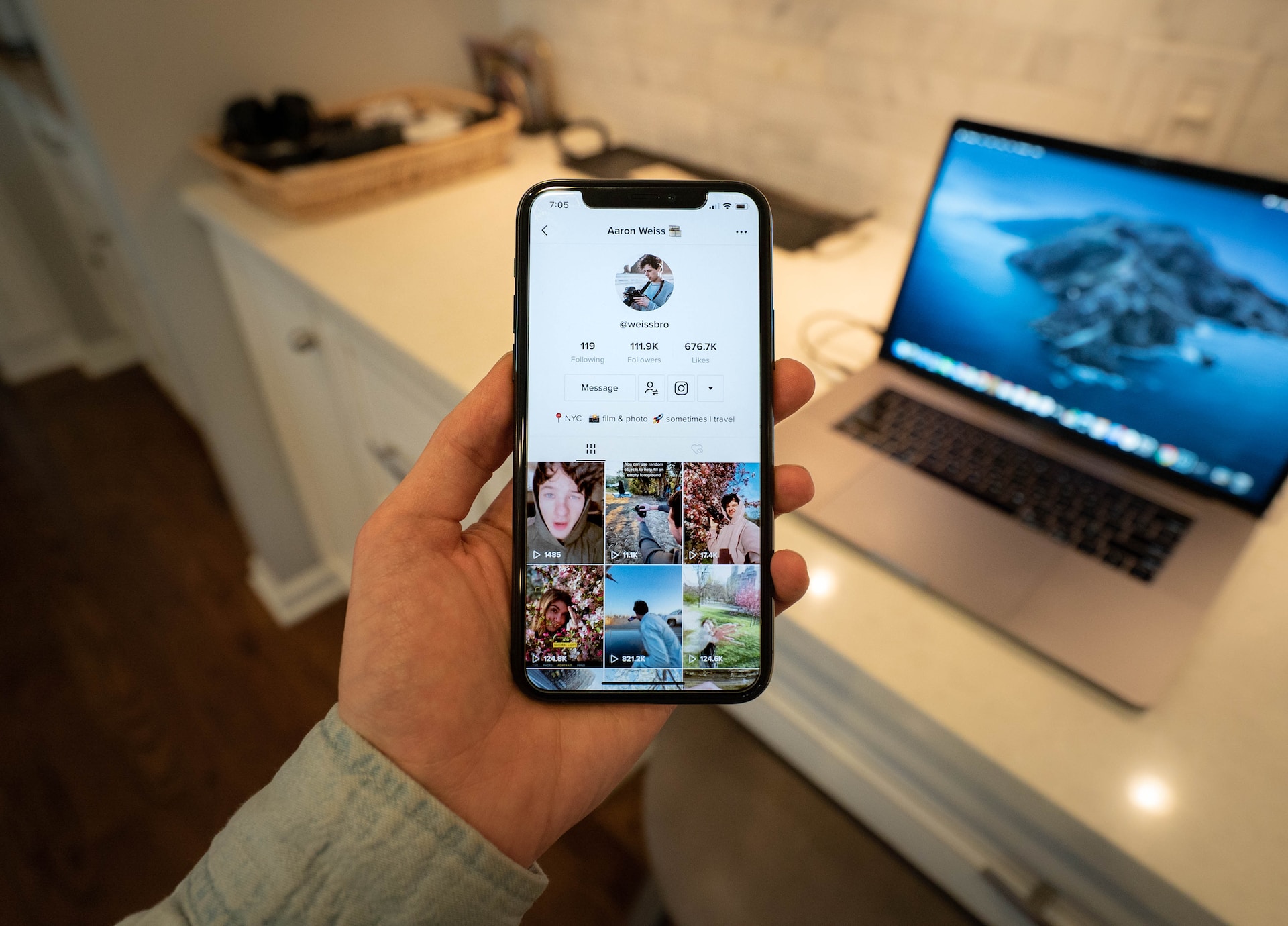Micro-Influencer Marketing Mistakes That Ruin Your Brand
With their niche expertise, loyal followings, and authentic content creation, micro-influencers have become a force to be reckoned with in the world of digital marketing. But tread carefully. Even the smallest misstep can tarnish your brand’s reputation and hinder your marketing efforts. That’s why today, we’re going to shed some light on common mistakes that can ruin your brand when working with micro-influencers.

Not Promoting More Creative Freedom to Your Micro-Influencers
Being too restrictive to them is not a good thing. Here is why. Micro-influencers are known for their unique perspectives and creative talents, so stifling their creativity can be detrimental to your marketing efforts. By restricting their creativity and dictating every aspect of the content they create, you risk losing the authenticity and genuine connection that micro-influencers bring to the table.
Instead of treating them as mere mouthpieces for your brand, allow them to inject their own personality and style into the content they produce. Remember, micro-influencers have built a loyal following by staying true to themselves and being relatable. So why not leverage their individuality? Encourage them to approach your brand collaboration in a way that resonates with their audience while still aligning with your overall marketing goals.

Thinking It’s All About One-Off Posting
When it comes to micro-influencer marketing, many brands make the mistake of thinking that one-off posting is all they need. They believe that a single mention or shout-out from a micro-influencer will bring in droves of customers and instantly boost their brand’s visibility. However, this couldn’t be further from the truth. One-off posting may generate some initial buzz, but it lacks longevity and sustainability.
A single post can easily get lost in the sea of content on social media platforms. To truly leverage the power of micro-influencers, brands should focus on establishing long-term relationships instead of just seeking short-term gains. Therefore, brands should think about how these influencers can become ambassadors for their products or services. By establishing ongoing partnerships with micro-influencers, brands can tap into their authentic voices and loyal follower bases over an extended period.

Solely Choosing Micro-Influencers With a Large Number of Followers
When it comes to micro-influencer marketing, many brands make the mistake of solely focusing on the number of followers a micro-influencer has. While having a large following can be beneficial, it shouldn’t be the sole criteria for choosing your influencers. Relying solely on follower numbers usually overlooks other important factors (engagement rates and audience demographics). Instead, look beyond the numbers and assess their authenticity and credibility within their niche. Working with micro-influencers who have more followers doesn’t always guarantee success. A high follower count doesn’t necessarily translate into higher levels of trust or influence over their audience.
Micro-influencers are valued for their ability to connect with their community on a personal level, so it’s essential to prioritize quality over quantity. Ultimately, successful micro-influencer marketing requires careful planning, nurturing relationships, and allowing creativity while maintaining brand integrity.

